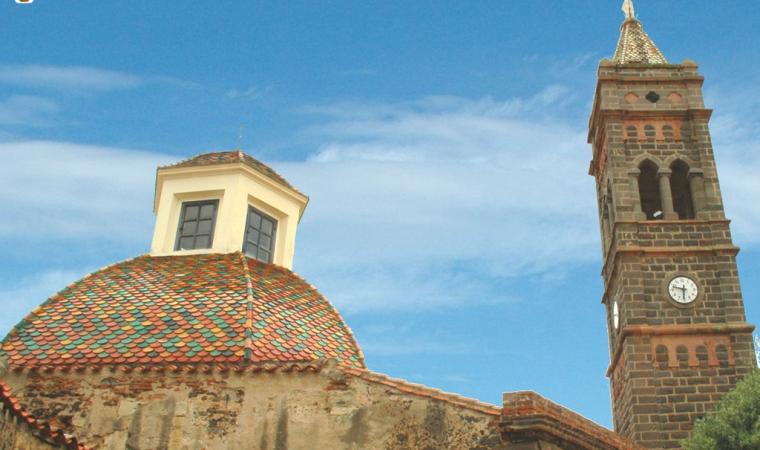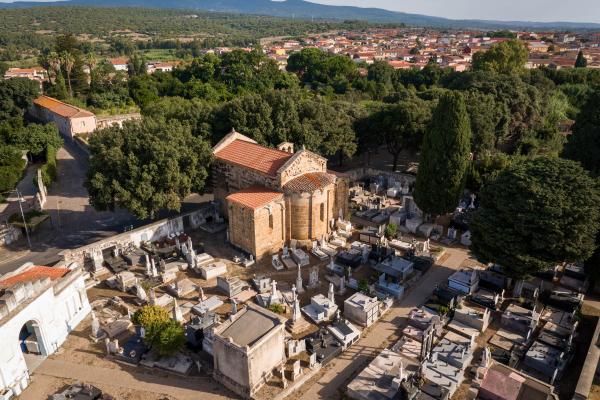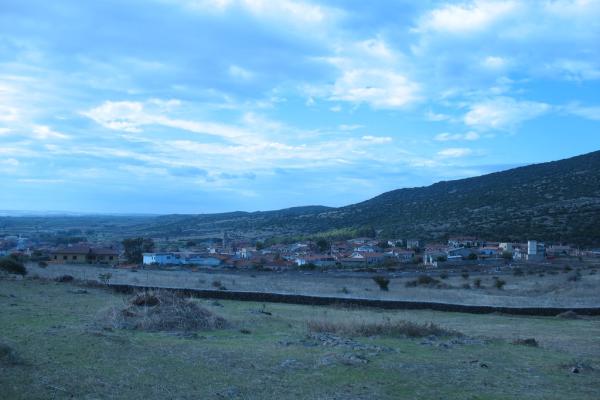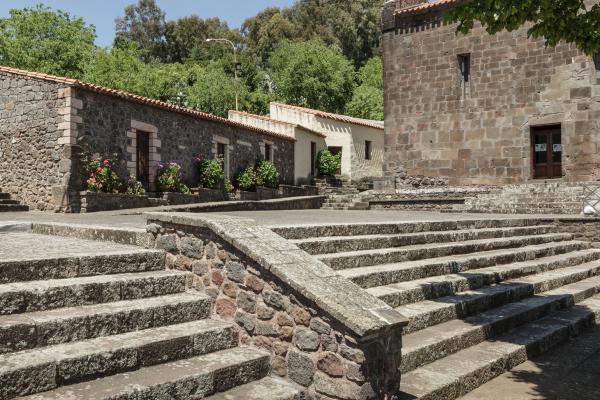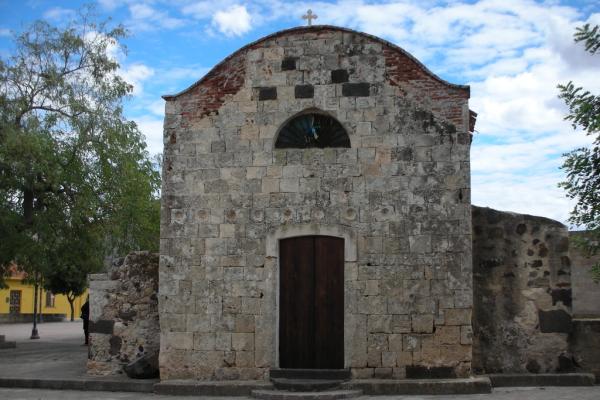Its red-ochre façade looks out over a garden of English lawns and high palm trees, dominating the historic centre of Milis, a town outside of Oristano, as does the Gothic-Catalan perspective of the church of San Sebastiano. Every detail of the magnificent Palazzo Boyl has been beautifully tended to. In the past, everything had to be perfect to receive the Piedmontese sovereigns of Sardinia and their important guests. The building is a gem of mostly Neoclassical Piedmontese architecture and has almost a thousand years of history behind it. It started out as a monastery (listed in the condaghe of Santa Maria di Boncardo), traces of which are still visible, where, in a strange twist of fate, the first citrus groves of Milis were eventually planted, then some hundred metres out. It became an aristocratic residence in the XIV century and then completely rebuilt in the 1600s, the old building folded into the new one.

See this place because...
You will step back in time to when the XVII century palazzo hosted celebrated literary and elegant aristocratic guests, surrounded by gardens and orange groves
Pictures and videos
Nearby
Da Oristano ci si immette sulla SS 131. Al km 103 si prosegue per il paese di Tramatza, lo si attraversa e si giunge a Milis, nel cui abitato si trova il palazzo. Il contesto ambientale Milis è un importante centro agricolo che sfrutta una favorevole posizione geografica poiché inserito in un territorio reso fertile dall'abbondanza di acqua dei due fiumi che lo percorrono. È noto nell'isola per i suoi agrumeti impiantati secondo la tradizione dai Camaldolesi nel XIII secolo. Palazzo Boyl è nel centro storico del paese. Descrizione Palazzo Boyl sorge sul luogo di una preesistente casa signorile risalente al XIV secolo. Nel corso del tempo l'edificio subì numerose trasformazioni. Fino agli ultimi decenni del Settecento fu di proprietà della famiglia Vacca, di cui una discendente sposò il marchese Vittorio Pilo Boyl di Putifigari. Questi, ingegnere militare, in collaborazione con il fratello Carlo, realizzò gli attuali rimodernamenti e ampliamenti della villa: il vecchio edificio fu inglobato in quello nuovo, di cui la galleria d'ingresso e la facciata neoclassica costituiscono gli aspetti più interessanti. L'odierno palazzo si sviluppa in lunghezza e presenta in facciata una serie di finestre disposte regolarmente su due piani, tutte sormontate da mensole leggermente aggettanti. La parte centrale, leggermente avanzata, è scandita verticalmente da quattro lesene, sormontate, solo al piano inferiore, da capitelli ionici. Nel corpo centrale si apre il grande portale d'ingresso, sormontato da un balcone di ferro battuto e, ancora più in alto, da una terrazza belvedere sul cui parapetto poggiano quattro busti in marmo bianco, allegorie delle stagioni. Nella nuova ed elegante dimora della famiglia Boyl venivano ricevuti importanti e illustri ospiti: la famiglia reale in visita in Sardegna, il Valery, bibliotecario di Versailles e viaggiatore in Sardegna, Gabriele D'Annunzio, Grazia Deledda ed altri ancora. La famiglia Boyl ha mantenuto la proprietà della villa fino al 1978, quando venne acquistata dal Comune di Milis che ne esegui i lavori di restauro. Sulla facciata cornici, lesene e cornicione marcapiano bianchi spiccano sul bel rosso pompeiano delle pareti. Nel cortile è stato ricavato uno spazio per varie manifestazioni con centinaia di posti a sedere, il piano inferiore è costituito da una serie di sale di rappresentanza mentre nelle sale superiori si sono ricavati spazi per convegni e ambienti destinati a musei. Storia degli studi Il palazzo è oggetto di una sintetica scheda nel volume di Salvatore Naitza sull'architettura tardoseicentesca e purista (1992). Bibliografia Augusto Cavallari Murat, L'architettura del Settecento in Sardegna in Atti del XIII congresso di Storia dell'architettura, Torino 1963. V. Mossa, Dal Gotico al Barocco in Sardegna, Delfino, Sassari 1982. S. Naitza, Architettura dal tardo '600 al Classicismo purista, collana "Storia dell'arte in Sardegna", Nuoro, Ilisso, 1992, sch. 55.
You may also like
Nearby hotels and accommodations




